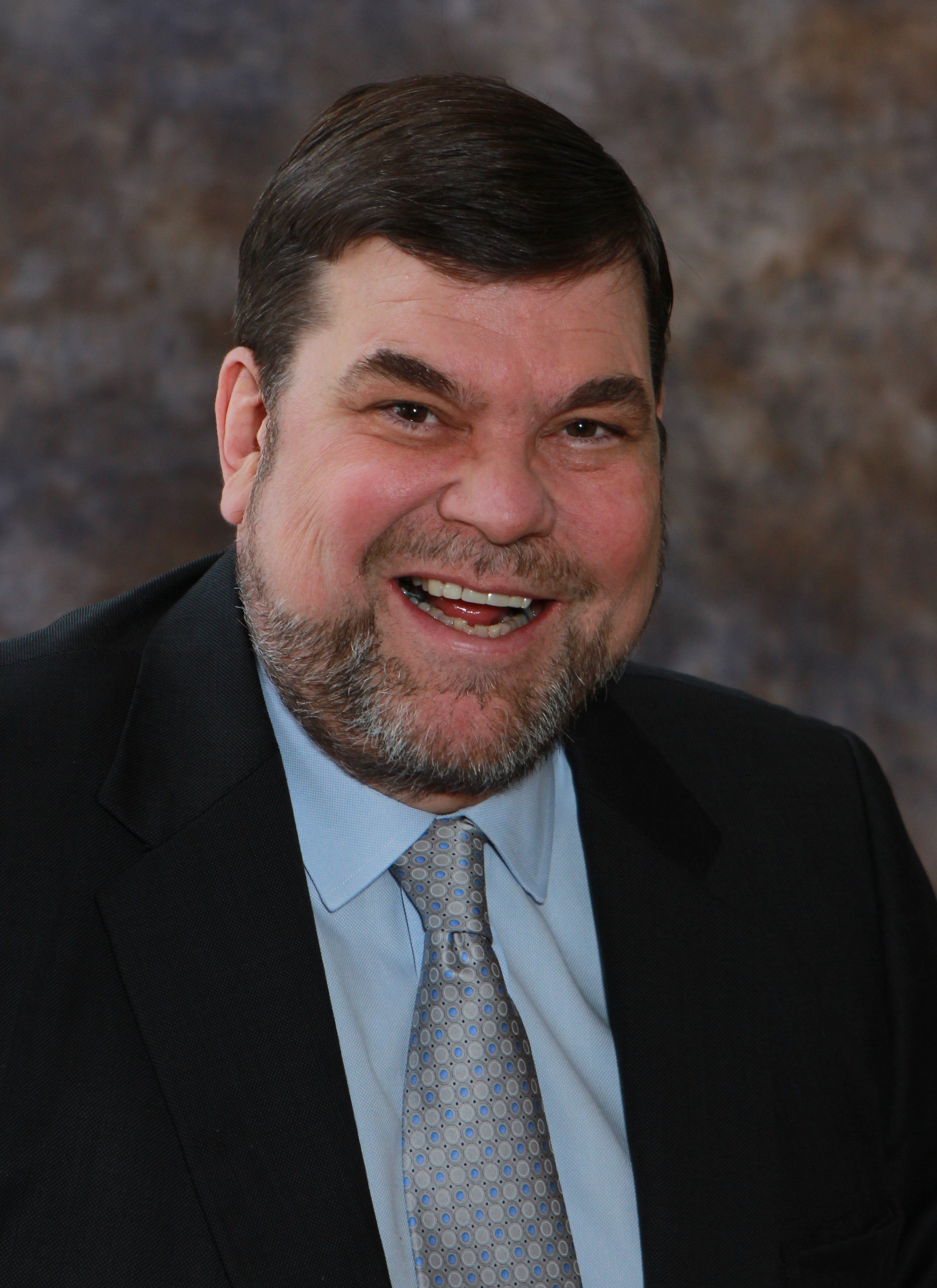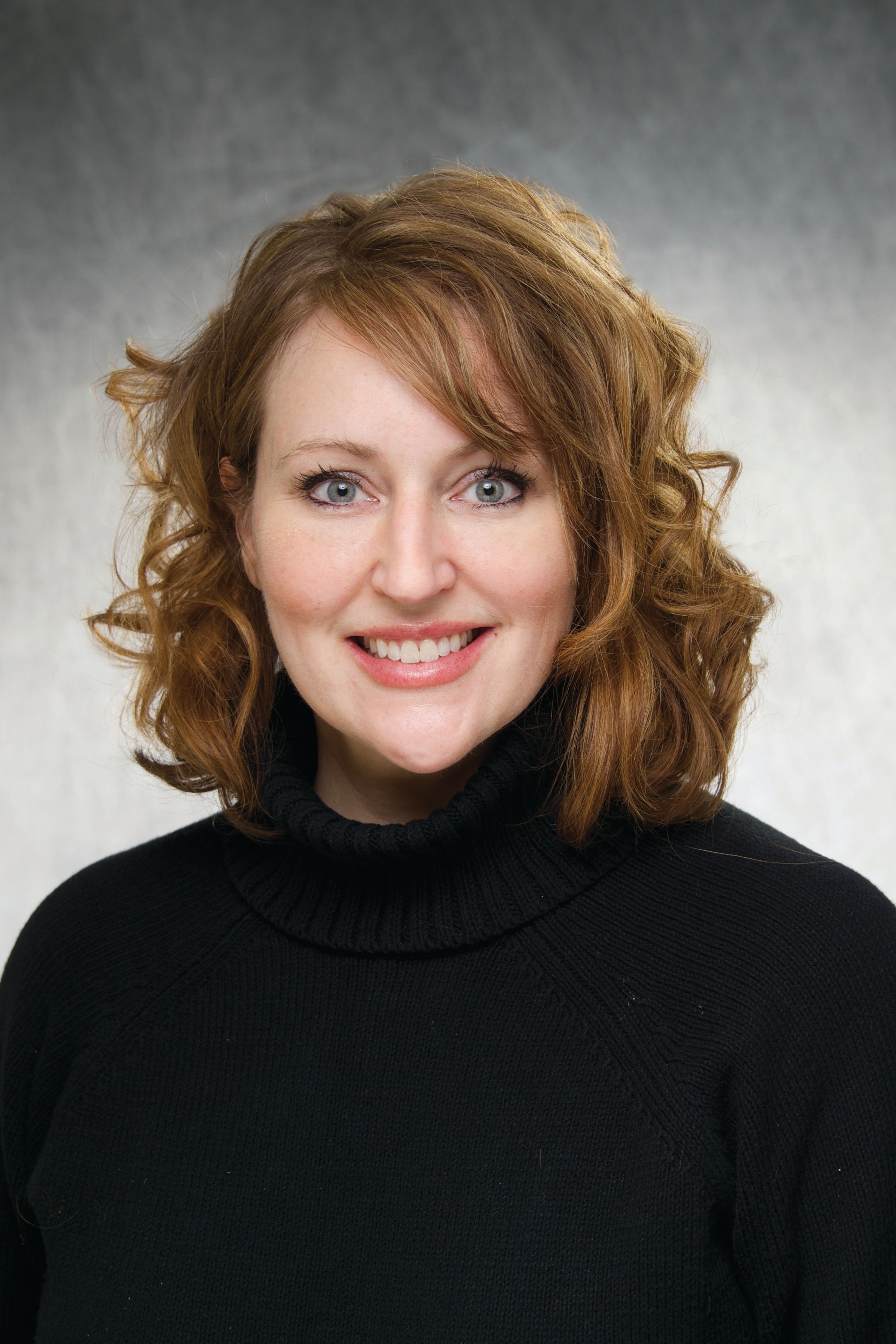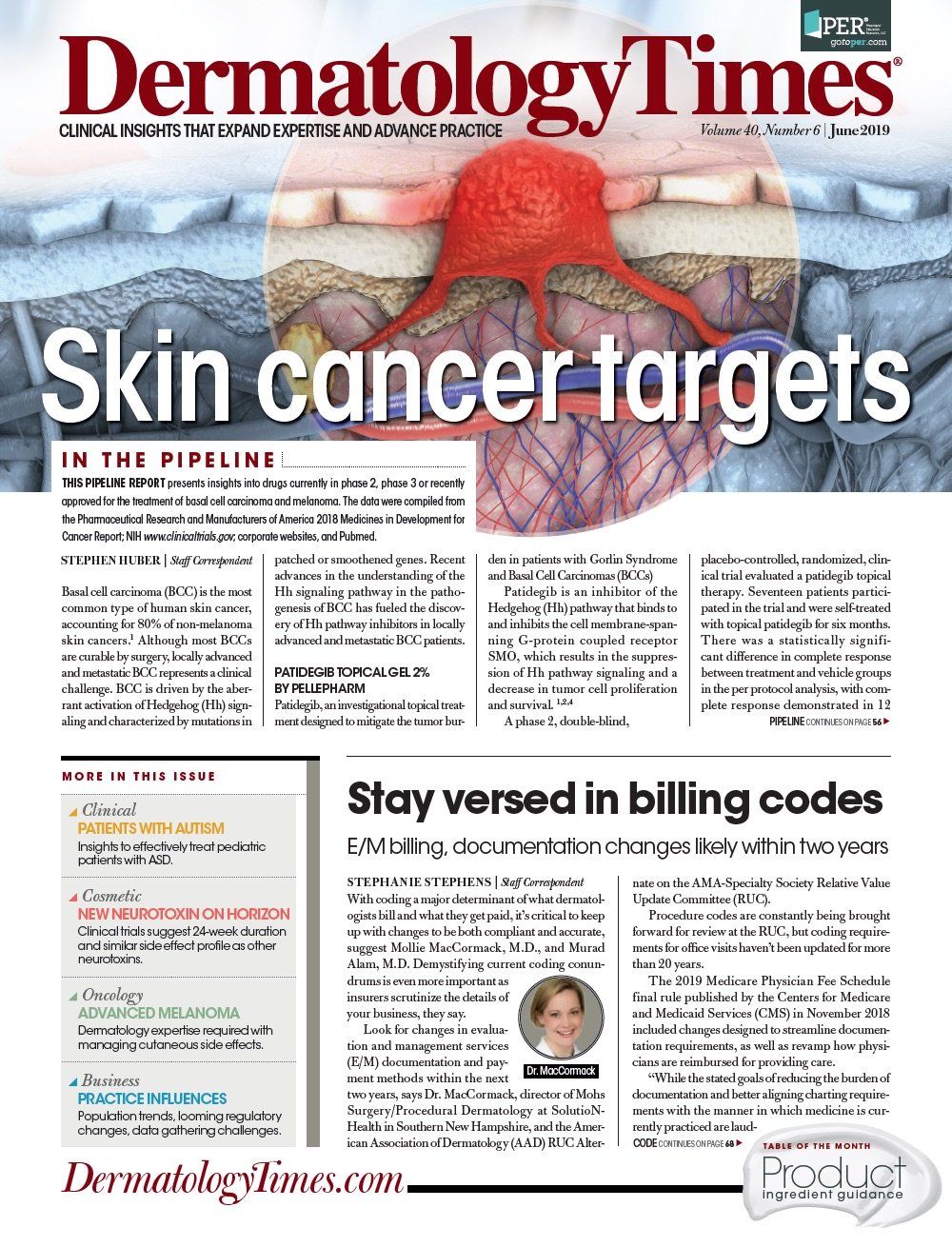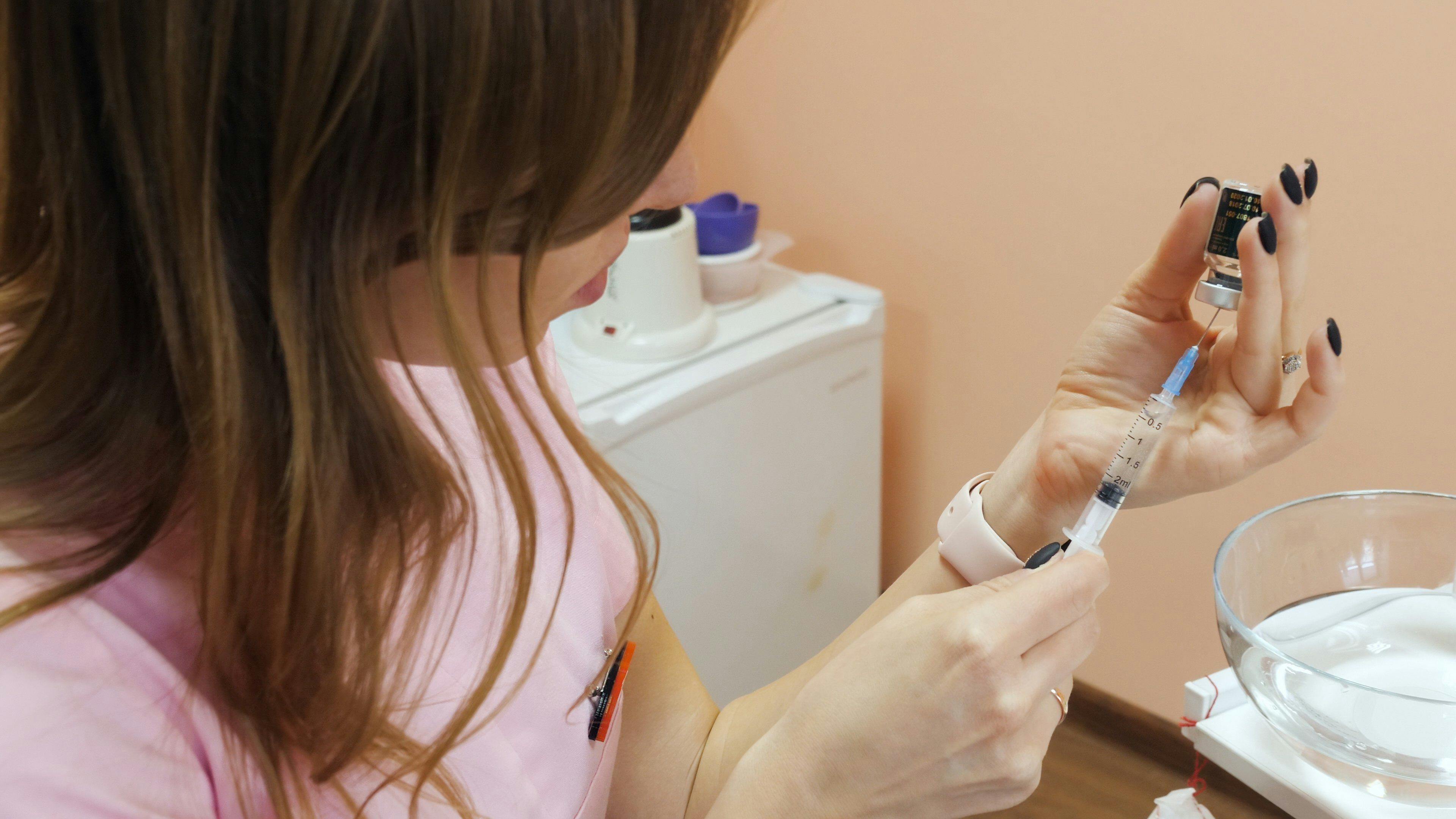- Acne
- Actinic Keratosis
- Aesthetics
- Alopecia
- Atopic Dermatitis
- Buy-and-Bill
- COVID-19
- Case-Based Roundtable
- Chronic Hand Eczema
- Chronic Spontaneous Urticaria
- Drug Watch
- Eczema
- General Dermatology
- Hidradenitis Suppurativa
- Melasma
- NP and PA
- Pediatric Dermatology
- Pigmentary Disorders
- Practice Management
- Precision Medicine and Biologics
- Prurigo Nodularis
- Psoriasis
- Psoriatic Arthritis
- Rare Disease
- Rosacea
- Skin Cancer
- Vitiligo
- Wound Care
Publication
Article
Dermatology Times
How to advocate for the future of dermatology
Author(s):
Changes are coming that may affect the practice of dermatology, but dermatologists can help to influence that change by participating in key initiatives. In this article, we highlight the three different initiatives you should have on your radar.
There are looming changes on the horizon and all dermatologists should understand how these changes could impact their practices. (lenets tan - stock.adobe.com)

Dr. Coldiron

Dr. VanBeek

Dr. Desai

Overall, dermatology’s future looks bright thanks to an aging population, according to Cincinnati-based dermatologist Brett M. Coldiron, M.D. Some 10,000 baby boomers in the United States are turning 65 years old daily, according to the Pew Research Center.
“That’s a huge demographic wave. And they all go on Medicare,” says Dr. Coldiron, president of the Ohio Dermatological Foundation and clinical associate professor at the University of Cincinnati. “If they live long enough, most will have skin cancer. Even if they don’t, a lot of the dermatologic diseases become more prevalent as one gets older.”
Along with high demand comes the good news of a growing supply of new and effective treatments for dermatology patients suffering from psoriasis, atopic dermatitis and more. “We’ve come a long way beyond topical steroids with a whole host of new medications that make treating patients very rewarding,” Dr. Coldiron says.
The dermatologist workforce isn’t forecast to increase much to meet potentially increasing demand, according to Dr. Coldiron. But big increases are expected in the numbers of physician assistants (PAs) and nurse practitioners (NPs) entering dermatology, he says.
However, there are looming changes on the horizon and all dermatologists should understand how these changes could impact their practices. Knowledge is power, and dermatologists could still influence outcomes of many of the changes by getting involved, according to dermatologists who offered predictions and perspectives during the “Future of Dermatology” panel at the 2019 American Academy of Dermatology annual meeting.
Wallet watch
It’s important for dermatologists to have realistic expectations about what they’ll make as income in the specialty, Dr. Coldiron says.
“I think the first thing to recognize is you’re never going to get paid better than you’re paid today,” he says. The opportunities for higher pay will pan out with some of the alternative or bundled payment models, and dermatology doesn’t traditionally fit too well in those, Dr. Coldiron explains. The one disease state that is evolving into an alternative payment model is actinic keratosis, according to Dr. Coldiron.
Dermatologists have to monitor one change that could hit the specialty hard, financially, he says. It has to do with changes to the 10-day global period, in which follow-up visits for benign destructions, benign and malignant excisions and other commonly performed dermatologic procedures are included in the billing code.
The problem is Medicare might eliminate pay for the follow up, Dr. Coldiron says.
“There’s a follow-up visit embedded in every actinic keratosis you freeze. The follow-up visit is worth about $40 and freezing the actinic keratosis is only worth about $30, so if you take the follow-up visit out, you’re only going to get paid $30 to treat that AK,” he says. “That’s unless, of course, you see the patient back. The problem is then the patient has to pay another copay, another deductible and you have to run them through the machine again. That’s a lot more
trouble than if it was just built into that 10-day global.”
Dr. Coldiron says he thinks the change will happen in the next year or two, unless there’s a legislative fix.
“It would be devastating to dermatology. You’re talking a billion dollars a year going to dermatology that we’re going to lose. That’s in Medicare alone,” he says.
One solution, he says, is to donate to and get involved in the AAD’s SkinPAC (political action committee). Dr. Coldiron, who chairs the committee, says SkinPAC has established access to politicians, has successfully lobbied for the specialty in the past and is working on this and other issues.
Consider DataDerm
The future of dermatology and medicine will be data driven, according to Marta Van-Beek, M.D., M.P.H., clinical professor of dermatology at University of Iowa Hospitals and Clinics, Iowa City.
“So the American Academy of Dermatology has made the commitment to make a large investment in establishing a specialty-specific comprehensive registry called DataDerm,” Dr. VanBeek says.
For dermatologists who choose to participate in the specialty’s data gathering initiative, Data-Derm can extract data from most practice electronic medical records (EMRs), according to Dr. VanBeek, who spoke on the topic at AAD.
“We want people to be able to contribute to the data that defines the specialty, without having to add extra burden or work in the process,” she says.
DataDerm is also a reporting registry. So, if a dermatologist or practice wants to report its Merit-based Incentive Payment System (MIPS) reporting measures to Medicare, they can do that through DataDerm.
“Use of DataDerm is a currently a free member benefit of the AAD. There is a cost to submit your CMS measures but that’s a CMS charge that they require for anyone submitting their data. Submitting your MIPS measures through the DataDerm registry is currently far cheaper than what many electronic health records are charging,” Dr. VanBeek says.
It’s important that dermatologists help define the data that will eventually influence how they practice and get paid.
“If we can demonstrate that dermatologists treat diseases more quickly and more efficiently than other providers, it certainly substantiates advocating for access to dermatologists without a referral or a higher copay,” Dr. VanBeek says. “Also demonstrating to both public and private payers that if you treat someone efficiently, whether it’s a skin cancer or an inflammatory disease, if you get the right diagnosis and get it treated expeditiously, it actually costs the system less money than if you were to drag out the treatment regimen with ineffective treatments or even have the wrong diagnosis.”
There’s a lot that isn’t yet known about how the average dermatologic disease is treated in private practice.
“A lot of what we know about dermatology and dermatologic disease is derived from what’s published either from Medicare data, claims data or from academic medical centers,” Dr. VanBeek says. “For the first time we’re able to see how the average psoriasis patient who has private health insurance is treated. For example, we can now see how many times somebody with bullous pemphigoid has to see their dermatologist in order to maintain control of the disease. Those things were really unknown before the establishment of DataDerm.”
Dermatologists might think participating in a registry like DataDerm is giving “Big Brother” access to their data. Dr. VanBeek says private health insurance companies, Medicare and pharmaceutical companies already have your
data and are using it.
“The argument is … let’s have dermatologists own the data. We are better able to tell the story in the context of our patients’ perspectives,” she says.
Legislative changes to compounding
What dermatologists do in the office to mix ingredients is not the same as the compounding that pharmacists do, according to Plano, Texas, dermatologist Seemal R. Desai, M.D., who presented on the topic of compounding at AAD and serves on AAD’s Board of Directors.
Yet , dermatologists are being lumped regulation-wise in with pharmacists in the eyes of the United States Pharmacopeia (USP), he says.
Specialty organizations including the AAD and American Society for Dermatologic Surgery (ASDS) are working to spare dermatologists from having to abide by the same regulatory burdens of pharmacists.
“For example, we’re doing a lot of advocacy on buffered lidocaine because buffered lidocaine is what we do in the office daily to mix lidocaine with sodium bicarbonate to make injecting more tolerable for patients,” Dr. Desai says. “Some of us do this 30, 40, 50 times a day.”
Potential USP regulation changes include that dermatologists would have to prepare the syringes for patients and administer them as soon as one hour after preparation.
“In a busy clinic, where we have patients who need to have multiple procedures done in a day, you may have your staff prepare your syringes in advance to get ready for the day,” he says. “With the change, you wouldn’t able to do that because once you prepare the syringe it would need to be utilized within an hour. If you are seeing 40 or 50 patients a day and are doing 20 surgeries a day, you can just imagine the issues with that. It’s quite scary to be honest.”
Dermatology associations are advocating for 12 hours, which would allow dermatology practices the time to prepare needed buffered lidocaine syringes for the day without violating USP’s rule.
“That way you’re not necessarily subject to the same regulations as you would be if you went beyond that time limit, which includes having to have specific gowning equipment, having a specific crash cart, installing an International Organization for Standardization (ISO) 5 hood in your clinic,” Dr. Desai says.
The same regulation change would impact things like triamcinolone (Kenalog) injections that dermatologists administer to patients.
“It also could affect things like reconstituting and diluting botulinum toxin,” Dr. Desai says.“This whole concept of compounding being under scrutiny is because USP and FDA are worried about the meningitis outbreak that happened in 2012 at the New England Compounding Center and hasn’t happened since.”
Interestingly, Dr. Desai says there’s no truly standardized science behind any of the numbers being negotiated -whether it’s one hour or 12 or 24.
Dermatologists should stay tuned and act on calls from AAD or ASDS associations when dermatologists are needed for advocacy efforts, such as writing to USP or FDA, according to Dr. Desai.

Newsletter
Like what you’re reading? Subscribe to Dermatology Times for weekly updates on therapies, innovations, and real-world practice tips.






























